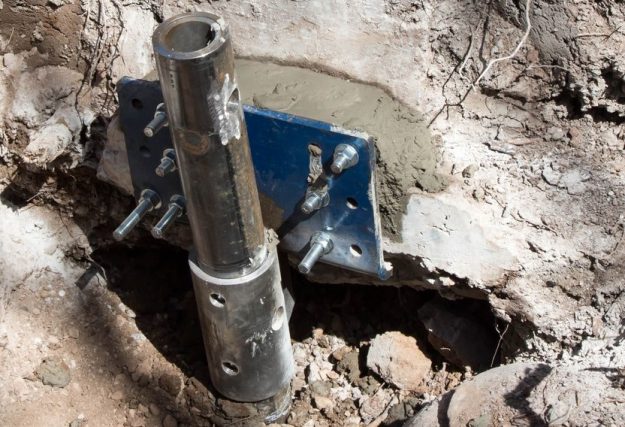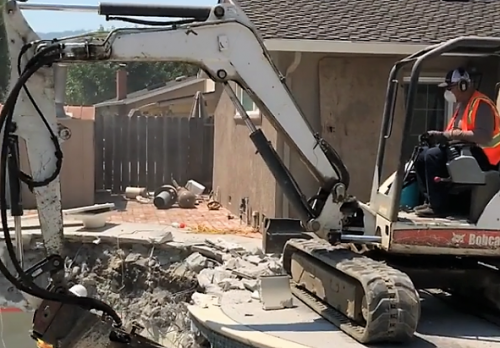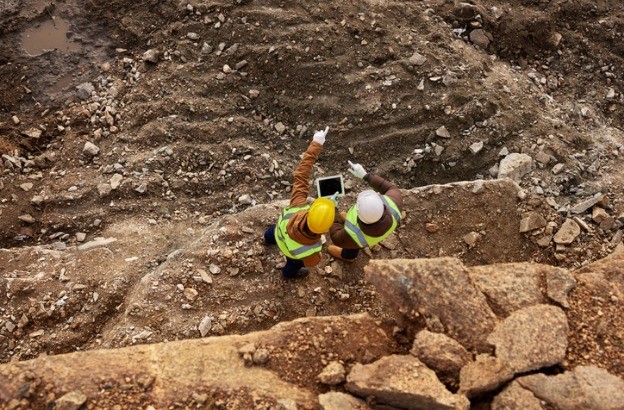Pier drilling and pile driving are techniques used for driving pier or piles into the ground underneath a structure to shore up sinking or sagging building foundations, bringing them back to their proper level and preventing further foundation settlement.
Also called “piering,” this method involves the use of strategically placed mechanical jacks to slowly and carefully lift the settled foundation beam to grade. Once raised, the beam is held to elevation by attaching it firmly to the piers.
There are two common types of foundation piers: Continue reading “Using Piers and Piles to Shore Up Sagging Foundations”










